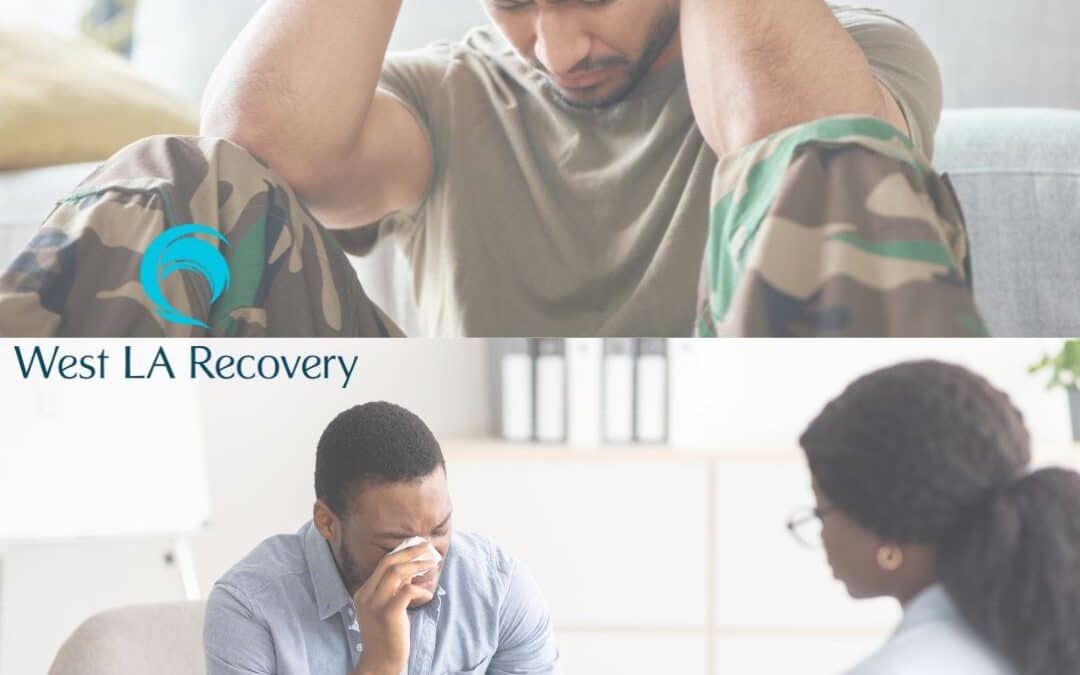What is Xylazine?
Xylazine, commonly known as tranq, is a powerful sedative and muscle relaxant primarily used in veterinary medicine. It is not an opioid, but rather belongs to a class of drugs called α2-adrenergic receptor agonists, which affect the central nervous system.
Uses in Veterinary Medicine
In veterinary practice, xylazine serves several important purposes:
- Sedation for medical procedures
- Pain management during surgery
- Muscle relaxation for large animals
- Anesthetic support during treatments
How Xylazine Works
The drug works by binding to specific receptors in the brain and spinal cord, leading to various effects such as:
- Decreased blood pressure
- Reduced heart rate
- Respiratory depression
- Muscle relaxation
- Sedation
Unlike opioids, xylazine doesn’t target the body’s opioid receptors. Instead, it acts on the α2-adrenergic system, producing similar sedative effects through a different mechanism. This unique action makes it particularly dangerous when combined with other depressants, as traditional opioid reversal medications like naloxone have no effect on xylazine-induced sedation.
History and Potency Variations
Originally developed in 1962 by Bayer, xylazine has been an invaluable tool in veterinary medicine for decades. The drug’s potency varies by species, with larger animals typically requiring lower doses relative to their body weight compared to smaller animals.
The Rising Threat of Xylazine in Illicit Drug Use
Surge in Xylazine Presence
The presence of xylazine in the U.S. drug supply has surged dramatically since 2015. Recent data shows xylazine contamination in up to 40% of street drug samples, particularly in regions like the Northeast and Mid-Atlantic states.
Drug suppliers often mix xylazine with fentanyl and heroin to:
- Extend the duration of euphoric effects
- Increase profit margins by bulking up drug quantities
- Create a more potent high for users
This dangerous combination creates a dual threat:
- Xylazine enhances the respiratory depression caused by opioids
- The mixture increases the risk of fatal overdose
Challenges Posed by Xylazine Contamination
The contamination of the drug supply with xylazine poses unique challenges for public health systems:
- Standard overdose reversal medications like naloxone don’t counteract xylazine’s effects
- Medical professionals struggle to identify xylazine-related overdoses
- Treatment protocols require adaptation to address this new threat
Street Names and User Awareness
Street names for xylazine-laced drugs include “tranq” or “tranq dope,” reflecting its sedative properties. Users often unknowingly consume xylazine, believing they’re taking pure heroin or fentanyl. This lack of awareness compounds the health risks and complicates overdose response efforts.
DEA Alerts and Nationwide Presence
The drug’s spread has prompted the DEA to issue nationwide alerts, highlighting xylazine as an emerging threat to public health and safety. Testing data indicates its presence in drug supplies across all 50 states, marking a significant shift in the landscape of illicit drug use.
Health Risks Associated with Xylazine Use
Xylazine exposure brings severe health risks that can be life-threatening. Users often experience dangerous drops in blood pressure (hypotension) and significantly slowed heart rates (bradycardia), putting them at risk of heart failure.
The immediate symptoms of xylazine use include:
- Severe drowsiness and unconsciousness
- Respiratory depression
- Dangerously low blood sugar levels
- Blurred vision
- Disorientation and confusion
- Muscle weakness
Disturbing Effect: Severe Skin Ulcers
A particularly disturbing effect of xylazine use is the development of severe skin ulcers. These wounds can appear anywhere on the body, not just at injection sites. The ulcers often become necrotic – meaning the tissue dies – leading to deep, painful wounds that resist traditional healing methods.
Long-Term Complications of Xylazine Use
Long-term use creates additional health complications:
- Permanent heart damage
- Chronic respiratory issues
- Persistent skin infections
- Increased risk of amputations due to necrotic tissue
- Cognitive impairment
- Compromised immune system function
Combined Risks with Other Substances
The combination of tranq with other substances multiplies these health risks. When mixed with opioids, the risk of severe respiratory depression increases dramatically. Users may experience prolonged sedation lasting up to 8 hours, during which they’re vulnerable to injury, assault, or exposure to environmental hazards.
Additionally, users may also face the risk of hypothermia due to prolonged sedation and decreased awareness of their surroundings.
Understanding Overdose and Treatment Options for Xylazine Users
Recognizing xylazine overdose symptoms differs significantly from opioid overdoses. While both can cause respiratory depression, tranq produces distinct effects:
Unique Overdose Signs:
- Severe low blood pressure
- Dangerously slow heart rate
- Cold, clammy skin
- Bluish skin discoloration
- Excessive drowsiness
A critical aspect of xylazine overdose treatment is understanding that naloxone (Narcan) – the life-saving medication for opioid overdoses – does not reverse the drug’s effects. This occurs because xylazine acts on different brain receptors than opioids.
When responding to a suspected xylazine overdose:
- Administer naloxone if opioid use is suspected
- Call emergency services immediately
- Stay with the person until help arrives
- Monitor breathing and consciousness
- Be prepared to perform CPR if needed
Medical professionals use specific treatments to manage tranq overdose symptoms:
- Blood pressure support medications
- Respiratory assistance
- Temperature regulation
- Cardiac monitoring
- Intensive supportive care
The presence of xylazine in street drugs creates complex overdose situations requiring immediate professional medical intervention – even after naloxone administration. Emergency medical teams have specialized protocols and equipment necessary for treating these dangerous overdose cases.
It’s important to note that xylazine is an animal tranquilizer increasingly being found in the drug supply, further complicating the landscape of substance abuse and overdose treatment.
Understanding Withdrawal Symptoms, Dependency Issues, and Harm Reduction Strategies for tranq Users
Xylazine withdrawal presents unique challenges distinct from traditional opioid withdrawal. Users experiencing withdrawal often report:
- Severe anxiety and agitation
- Intense muscle pain
- High blood pressure spikes
- Heavy sweating
- Insomnia
- Tremors
The path to physical dependency can develop rapidly, with users requiring increasing amounts to achieve the same effects. This tolerance builds alongside the risk of psychological addiction, creating a complex web of dependency that requires professional intervention.
Harm Reduction Strategies
- Carry multiple doses of naloxone – while it won’t reverse xylazine effects, it can help with co-occurring opioid overdose
- Use fentanyl test strips to detect contaminated substances
- Never use alone – implement a buddy system
- Seek immediate medical attention for skin wounds
- Connect with local harm reduction organizations for clean supplies
Medical supervision during withdrawal is crucial due to potentially dangerous blood pressure fluctuations. The combination of xylazine with other substances complicates the withdrawal process, requiring specialized medical protocols and constant monitoring.
Support groups and behavioral therapy play vital roles in addressing the psychological aspects of xylazine dependency. These resources provide essential coping mechanisms and strategies for long-term recovery success.
Legal Status and Accessibility of Xylazine: Implications for Public Health Organizations and Authorities
Xylazine exists in a complex legal space. The FDA approves xylazine exclusively for veterinary use, yet it remains unscheduled under the Controlled Substances Act. This regulatory gap creates challenges for law enforcement and public health agencies.
The DEA regulations don’t classify xylazine as a controlled substance, making it easier to obtain through various channels:
- Veterinary supply theft
- Online purchases
- International imports
- Illegal manufacturing facilities
Public health authorities face significant hurdles in monitoring and controlling xylazine distribution. The drug’s legal status complicates enforcement efforts, as possession without intent to distribute isn’t technically illegal.
State and local health departments implement various strategies to address xylazine’s spread:
- Enhanced surveillance programs track tranq-related incidents
- Mandatory reporting requirements for suspected xylazine overdoses
- Strengthened partnerships between law enforcement and healthcare providers
- Regular testing of seized drug supplies for xylazine contamination
Recent initiatives by public health organizations focus on data collection and analysis to understand xylazine’s impact. These efforts help shape policy responses and resource allocation for prevention and treatment programs. Many jurisdictions now push for stricter regulations on xylazine acquisition and distribution, recognizing its growing role in the drug supply chain. For instance, comprehensive data collection on overdose statistics is being utilized to influence policy changes, while certain states are reinforcing their laws and rules regarding controlled substances to better manage such situations.
Community Awareness, Education, and Support Services for Individuals Affected by Xylazine Use
Good Samaritan Laws
Good Samaritan laws protect individuals who call emergency services during a drug overdose. These laws provide immunity from arrest and prosecution for both the person experiencing the overdose and those seeking help. This legal protection encourages people to call 911 without fear of legal consequences, potentially saving lives in drug-related emergencies.
Importance of Community Education
Community education plays a vital role in preventing drug-related harm. Key educational initiatives include:
- Recognition of tranq-laced drugs
- Understanding the risks of combined drug use
- Identifying overdose symptoms specific to xylazine
- Learning proper response protocols during emergencies
Support Services and Resources
Support services and resources are available for individuals affected by tranq use:
- 24/7 Crisis Hotlines: Immediate assistance and guidance
- Harm Reduction Centers: Access to clean supplies and health screenings
- Support Groups: Peer-based recovery communities
- Medical Services: Treatment for xylazine-related wounds and complications
- Counseling Services: Professional mental health support
Resource Directories Maintained by Local Health Departments
Local health departments maintain updated resource directories for substance use treatment. These directories include information about:
- Treatment facilities accepting new patients
- Insurance coverage options
- Transportation assistance
- Family support programs
- Emergency housing services
Naloxone Training Sessions in Communities
Many communities offer free naloxone training sessions, teaching proper administration techniques despite xylazine’s resistance to this life-saving medication.
Seeking Help for Substance Use Disorders Related to Emerging Drugs Like Xylazine
Breaking free from substance use disorders involving Tranq or other emerging drugs is possible with professional help and support. At West LA Recovery, we provide comprehensive treatment programs tailored to address the unique challenges posed by these substances.
Our services include:
- Medical Detoxification – Safe withdrawal management under medical supervision.
- Individual Counseling – Personalized therapy sessions to address underlying issues.
- Group Support – Connection with others on similar recovery journeys.
- Aftercare Planning – Long-term support for sustained recovery.
It’s important to remember that seeking help early for substance abuse can significantly improve recovery outcomes. Don’t let fear or shame prevent you from reaching out for assistance. Our experienced team at West LA Recovery is ready to guide you toward recovery in a judgment-free environment. Your journey to healing starts with a single step.
If you’re struggling with addiction to substances like fentanyl, it’s crucial to understand how fentanyl addiction and mental health are linked. We explore this connection and offer dual diagnosis treatment to address both addiction and mental health issues.
Don’t hesitate any longer. Contact our admissions team today to learn more about our treatment programs and take the first step towards a healthier, drug-free life.







